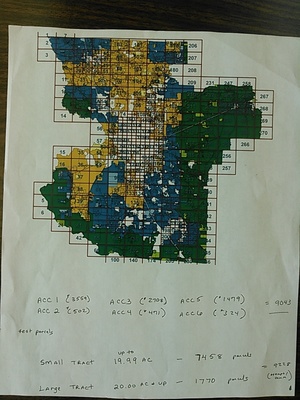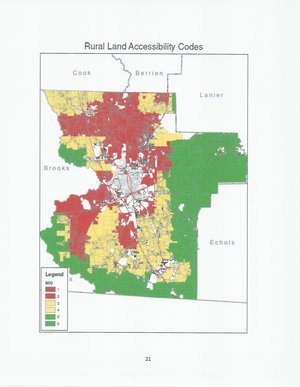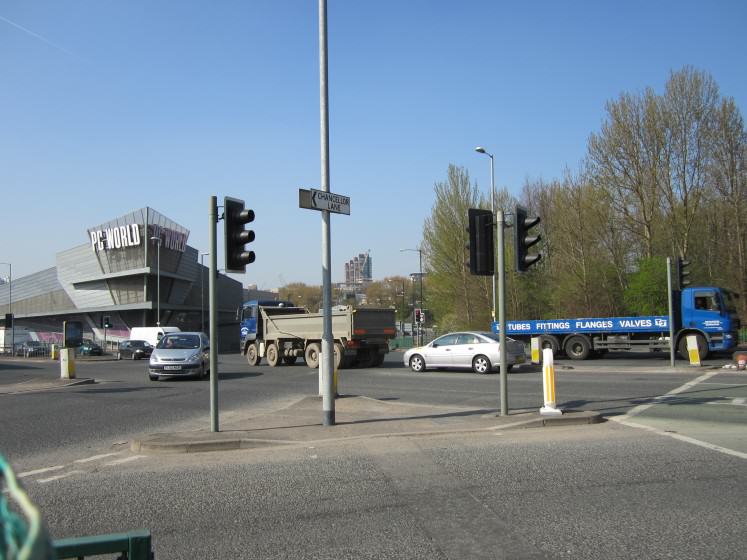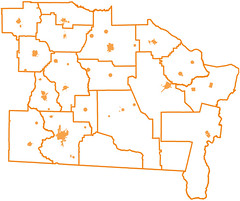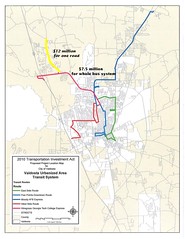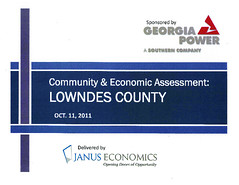 I asked why the Old US 41 North widening project changed from $8 million on the unconstrained list to $12 million on the constrained list, an increase of $4 million or 50% when the description did not change?
The answer indicates GDOT and local governments want to drive development north in the county, leaving pedestrians and bicyclists stranded yet having to pay.
I asked why the Old US 41 North widening project changed from $8 million on the unconstrained list to $12 million on the constrained list, an increase of $4 million or 50% when the description did not change?
The answer indicates GDOT and local governments want to drive development north in the county, leaving pedestrians and bicyclists stranded yet having to pay.
Corey Hull responded:
Halfway through we received new cost estimates….
GDOT did the cost estimates, in cooperation with the local government that was responsible for that.
A state employee told me after the meeting that GDOT raised some estimates because it thought the local government, in this case the Lowndes County Commission and staff, didn’t put in enough to cover the project. I don’t know whether GDOT was figuring by Atlanta costs or not…. At least the cost didn’t go up further in the final project list; I just checked and it’s still $12 million.
Corey elaborated that some projects increased and some decreased. I asked him which ones did which. He said he’d have to go back and compare. Later he helped me produce a list of comparisons of costs of Lowndes County projects, which shows that one went down by 30% and three went up by 50% or more. One, RC11-000099 St. Augustine at Norman Intersection Improvements, went up by 131.5%.
That $12 million for widening less than 3 miles of one road is more than one item that was in the unconstrained list  but cut from the constrained list: $7.5 million for a bus system, with three bus lines that would connect Wiregrass Tech, Five Points, Downtown, Moody, East Side, South Side, West Side, and the Mall. A bus system recommended by the Industrial Authority’s Community Assessment to aid in employee attendance, industry recruitment, and workforce.
but cut from the constrained list: $7.5 million for a bus system, with three bus lines that would connect Wiregrass Tech, Five Points, Downtown, Moody, East Side, South Side, West Side, and the Mall. A bus system recommended by the Industrial Authority’s Community Assessment to aid in employee attendance, industry recruitment, and workforce.
 You could probably even start up a substantial commuter rail system using existing freight line tracks for less than $12 million. Even though GDOT apparently only believes in roads and bridges, busses and trains are actually more cost-effective, especially for lower-income people. The same lower-income people who will be disproportionately taxed by T-SPLOST as a percentage of their income.
You could probably even start up a substantial commuter rail system using existing freight line tracks for less than $12 million. Even though GDOT apparently only believes in roads and bridges, busses and trains are actually more cost-effective, especially for lower-income people. The same lower-income people who will be disproportionately taxed by T-SPLOST as a percentage of their income.
Instead, the description for the Old US 41 North project admits the county is driving
Continue reading →
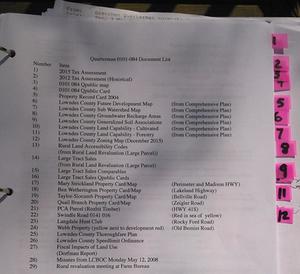 for changes to the
rural land revaluation, this time taking into account rivers, aquifer recharge zones, and uniformity.
Maybe the Tax Assessors actually don’t want more flooding in Valdosta;
both the City of Valdosta and GA-EDP have already shown interest in attending
about that point.
for changes to the
rural land revaluation, this time taking into account rivers, aquifer recharge zones, and uniformity.
Maybe the Tax Assessors actually don’t want more flooding in Valdosta;
both the City of Valdosta and GA-EDP have already shown interest in attending
about that point.


